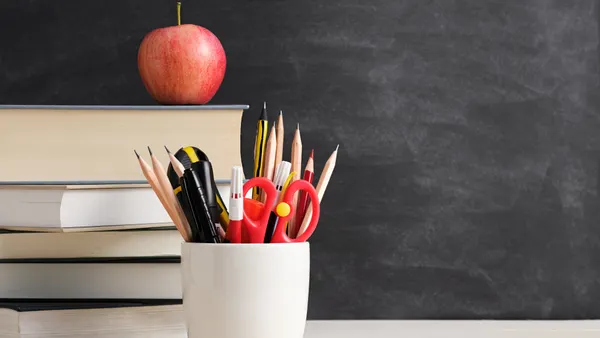Dive Brief:
- New York Gov. Andrew Cuomo signed a law in late December prohibiting facial recognition systems and other biometric technology in all New York schools through July 1, 2022, or until the completion of a report on its use and authorization by the state's education commissioner.
- The evaluation of such technology's appropriateness for schools would task the education commissioner to evaluate its impact on privacy; how accurate it is in differentiating individuals of different races, national origins, genders, ages and other identifying factors; how costly it is; and whether it is effective for school security, among other things.
- The moratorium on biometric surveillance tools halts the use of the technology in Lockport City School District, which started using it in January 2020. In June 2020, the New York Civil Liberties Union sued the New York State Education Department, alleging the department violated student data privacy laws when it approved the Lockport system in November 2019.
Dive Insight:
Funding for Lockport’s facial recognition system comes from the Smart Schools Bond Act (SSBA), which finances school technology upgrades "to improve learning and opportunity for students" in New York. The district has already been fully reimbursed for the system.
Lockport City School District paused its plans to implement the $3.8 million facial recognition software technology in June 2019, when the state investigated whether data protection and student privacy safeguards with the tech were adequate. Lockport defended its decision to implement the tool, saying every second is critical when students are under attack.
Many critics counter such software goes too far by collecting data on students who have done nothing wrong. With schools increasingly targeted by hackers, there is also a concern that stolen facial recognition data could put students’ privacy and identities at risk.
The debate over the use of facial recognition in schools centers around the need to protect both students’ physical safety and privacy, as well as questions of whether such technology is effective and equitable. In 2017, the education sector spent about $2.7 billion on security equipment. On the other hand, school-based violence has also highlighted the need to invest in preventative measures such as mental health professionals and other SEL resources for students, rather than hardening security to react when a tragedy is already occurring.
In 2018, the Federal Commission on School Safety recommended the support of evidence-based school violence diversion models that provide mental health support for students. The report noted less than half of children and adolescents with a mental disorder receive the treatment they need. Of those that did, 24% received treatment in school-based settings, 23% in specialty mental health settings and 10% through primary care.
The newest threat to school safety, the coronavirus, further complicates student privacy issues. Though contact tracing efforts are meant to protect students from contracting and spreading COVID-19, some districts are refusing to release data due to the Family Educational Rights and Privacy Act (FERPA) and Health Insurance Portability and Accountability Act (HIPAA). Privacy experts, on the other hand, say these concerns are unfounded. Schools already alert parents in the event of lower-risk health threats, for example, such as a lice outbreak.








